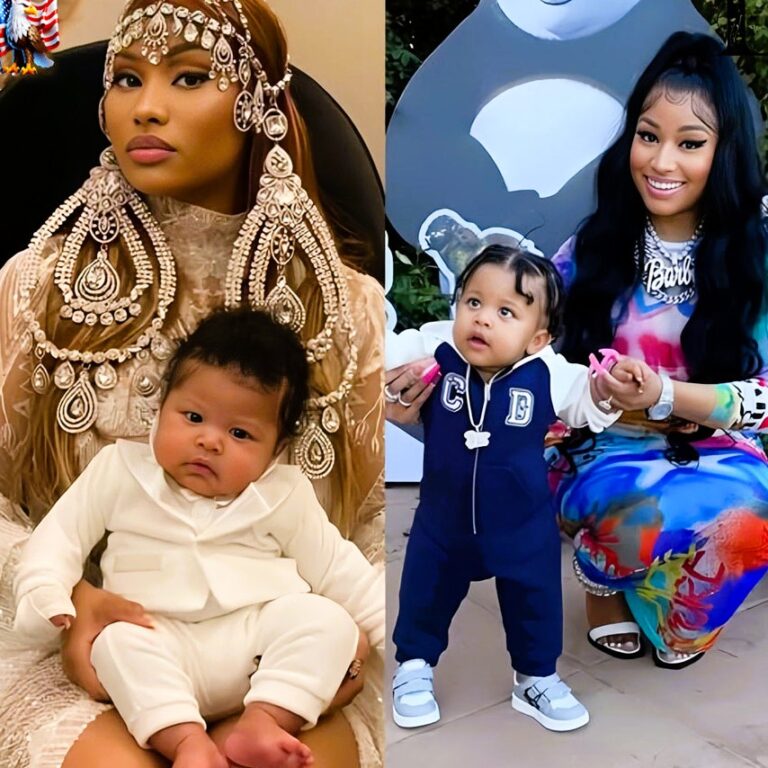

In a city known for its bustling streets and indifferent attitude toward celebrities, Prince Harry’s recent staged walkabout in New York City failed to make the impact he may have hoped for. Despite his efforts to connect with locals and perhaps revitalize his public image, the reaction—or lack thereof—was telling. As he walked through the streets, flanked by security, the people of New York seemed more focused on their daily routines than on the Duke of Sussex’s presence.
This surprising turn of events has left many questioning Harry’s strategy and the effectiveness of such public appearances in an era where celebrity status is no longer guaranteed to command attention.
The Walkabout That Went Unnoticed
Prince Harry’s walkabout appeared to be designed to showcase a connection with the public, but the reception was lukewarm at best. While Harry was dressed casually, projecting an air of approachability, his presence didn’t seem to resonate with passersby. Instead of drawing crowds, the Duke of Sussex was met with indifference, with some people reportedly asking, “Who is he?”
The lack of engagement could be attributed to various factors, including New York’s famously unbothered culture and the public’s growing skepticism toward highly orchestrated celebrity appearances.
An Attempt at Damage Control?
The walkabout comes amid growing criticism of Prince Harry and Meghan Markle’s media ventures. With their Netflix documentaries, book deals, and high-profile interviews, the Sussexes have often been accused of oversaturating the public domain with their personal narratives.
Harry’s appearance in New York might have been an attempt to shift the narrative and project a more relatable image. However, without the crowds or enthusiastic reception, the effort seemed to fall flat, leaving many to speculate about the true intentions behind the outing.
Why New Yorkers Didn’t Flock to Harry
1. New York’s Celebrity Culture
New Yorkers are no strangers to seeing famous faces. From A-list actors to international royalty, celebrities are often spotted in the city. However, the city’s residents are known for their cool demeanor and lack of starstruck reactions. For Harry, blending in with New York’s fast-paced energy may have been more challenging than anticipated.
2. Public Perception of Harry
Since stepping back from royal duties, Harry has faced both support and criticism. While many admire his openness about mental health and breaking royal traditions, others see his public appearances as overly calculated. This mixed perception may have contributed to the lukewarm reception in New York.
3. Timing and Execution
Harry’s walkabout seemed spontaneous, but the presence of a security convoy and media coverage suggested otherwise. This contrast between the intended casual vibe and the evident planning likely didn’t help in endearing him to the public.
The Role of Public Relations

Prince Harry’s appearance in New York raises questions about the role of PR in modern celebrity culture. Staged events like walkabouts are often used to humanize public figures and create moments that resonate with audiences. However, when such events appear too orchestrated, they risk alienating the very people they aim to connect with.
For Harry, finding the balance between authenticity and strategy is crucial. In a world where audiences value genuine interactions, overly polished appearances can do more harm than good.
Social Media Reactions: A Mixed Bag
As news of Harry’s New York outing spread, social media was abuzz with reactions. Some users mocked the apparent lack of interest from New Yorkers, while others defended the Duke’s efforts to engage with the public.
Critics
- “New Yorkers don’t have time for staged PR stunts. We’ve got places to be!”
- “If he wanted attention, he picked the wrong city. New Yorkers don’t care.”
Supporters
- “At least he’s trying to connect with people. Give him some credit!”
- “He’s still a prince, and his causes matter. Don’t dismiss him.”
This divided response reflects the broader public opinion of Harry and Meghan’s post-royal life.
Harry’s Evolution in the Public Eye
Prince Harry’s journey from a beloved royal to a divisive public figure has been marked by significant milestones. His decision to step back from royal duties, coupled with his tell-all memoir Spare, has reshaped his image. While some admire his courage in sharing his story, others view his actions as an unnecessary airing of private grievances.
The New York walkabout underscores the challenges Harry faces in maintaining relevance and relatability in a rapidly changing media landscape.
Lessons from the Walkabout
Harry’s recent appearance offers several takeaways for public figures navigating the complexities of modern fame:
1. Authenticity Is Key
Audiences today value authenticity above all else. Overly staged events can backfire, as seen with Harry’s walkabout. Genuine interactions resonate more deeply and create lasting connections.
2. Understand the Audience
New York’s culture of indifference toward celebrities may have been overlooked in planning this event. Understanding the target audience and tailoring appearances accordingly is crucial.
3. Focus on Substance Over Optics
While appearances matter, the substance of a public figure’s actions carries more weight. Aligning appearances with meaningful causes can enhance credibility and public support.
What’s Next for Prince Harry?
As Prince Harry continues to navigate life outside the royal family, his strategy will likely evolve. Balancing public appearances with impactful work will be key to sustaining his relevance and positive public perception.
Upcoming projects, including his philanthropic initiatives and media ventures, provide opportunities to showcase his values and connect with audiences on a deeper level. Whether he can regain the public’s trust and admiration remains to be seen, but the lessons from his New York walkabout will undoubtedly inform his approach moving forward.
Conclusion: A Moment of Reflection
Prince Harry’s staged walkabout in New York City may not have gone as planned, but it offers valuable insights into the challenges of modern celebrity culture. In an age where authenticity reigns supreme, public figures must carefully navigate the fine line between visibility and relatability.
For Harry, this moment serves as a reminder that genuine connections and meaningful actions hold more power than any staged event. Whether New Yorkers ignored him or simply didn’t recognize him, one thing is clear: the Duke of Sussex still has work to do in crafting his post-royal identity






